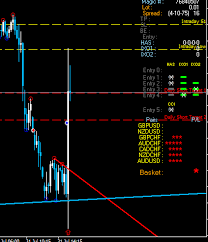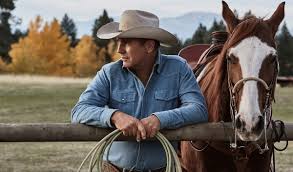
Introduction
‘The Big Short’ is not only a captivating film but also an important lens through which to understand the catastrophic financial crisis of 2008. It tells the story of a few astute investors who foresaw the collapse of the housing market and subsequently profited from it. As economic instability continues to affect global markets, examining the events depicted in ‘The Big Short’ provides critical lessons about risk, regulation, and market dynamics.
Background of the 2008 Financial Crisis
The crisis originated from the housing bubble that was inflated by subprime mortgages, lending practices, and derivatives such as mortgage-backed securities (MBS). Many financial institutions underestimated the risk associated with these securities, believing that housing prices would continue to rise. However, as interest rates increased and housing prices fell, many homeowners defaulted on their loans, leading to significant losses across financial markets.
Key Figures and Events
The film portrays several real-life investors like Michael Burry and Mark Baum, who were among the first to predict the imminent collapse. They examined the market fundamentals and identified the vulnerabilities in mortgage-backed securities. Their research prompted them to take a stand against a system that was fundamentally flawed. The film brings to light how the deregulation of the financial sector contributed to this crisis, allowing banks to engage in risky practices without adequate oversight.
The Aftermath and Improvements
The fallout from the crisis was swift and far-reaching. Many large financial institutions faced bankruptcy, leading to a massive government bailout. In Canada, while the banking system remained relatively stable, global repercussions affected the Canadian economy as well. As a response, regulations, such as the Dodd-Frank Act in the United States, were implemented to enhance transparency and reduce risk in financial markets. The importance of proper regulatory frameworks cannot be overstated, as they serve to protect the economy and the consumer in the aftermath of financial turmoil.
Conclusion
‘The Big Short’ serves as both a cautionary tale and an educational piece that highlights the complexities of financial systems. As we continue to navigate a rapidly changing economic landscape, the lessons learned from the 2008 financial crisis remain relevant today. With increasing talk of inflation, rising interest rates, and market instability, it is crucial for investors and policymakers alike to understand the delicate balance required to maintain economic stability. The insights from ‘The Big Short’ emphasize the need for vigilance, comprehensive regulatory frameworks, and informed investment strategies to avert any future financial disasters.






